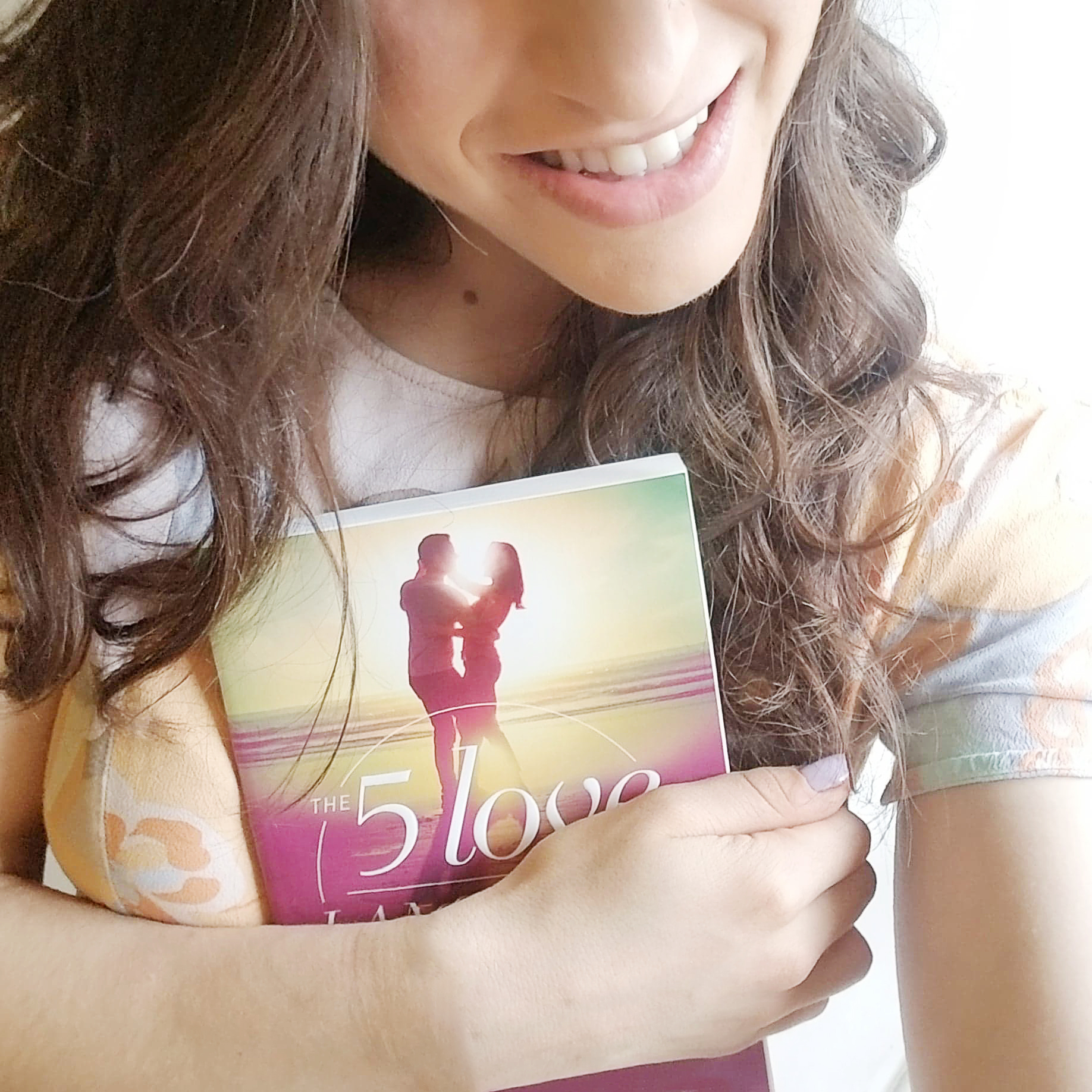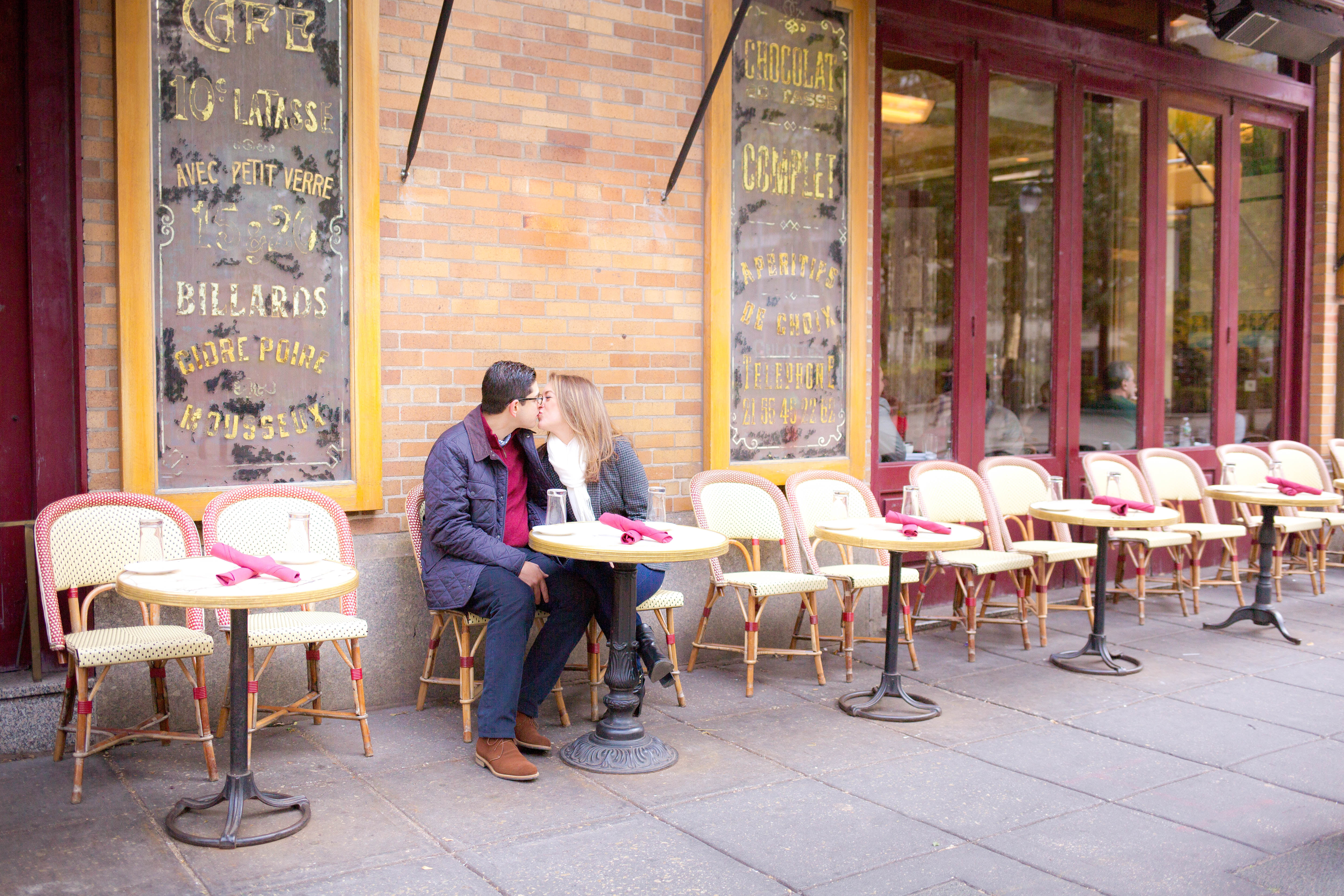Welcome to my Blog
Thanks for stopping by my little corner of the world!
Grab yourself a cup of coffee, tea or whatever your preferred beverage is and get ready to meet some amazing couples, see some beautiful moments and get a little glimpse into my crazy life!
Hi! I'm Yael
Welcome
to
the YP
Blog!
Quick Links
Rom Coms got nothing on these stories!
I love ALL love stories, so I can't choose favorites, but check out some of my most recent ones!
I am the definition of a Type A Personality. When I was younger, I did everything I could to pretend like I wasn’t. I wanted so badly to be that easy going, relaxed kinda girl who got things done when she got them done and nothing phased me. But I have to be honest, IT […]


I don’t know if you guys know this about me, but I have two old sisters, Becca and Shana. They have always been my biggest role models and my strongest advocates. They have always showed me the way by achieving greatness in their studies, their personal lives and even killing it on the basketball court. […]
Will you be next on the blog?
I seriously cannot wait to hear from you! From how you met, to where you got engaged and all the way to your big dream wedding plans, I want to hear every last detail!
Click the button below to get in touch!!